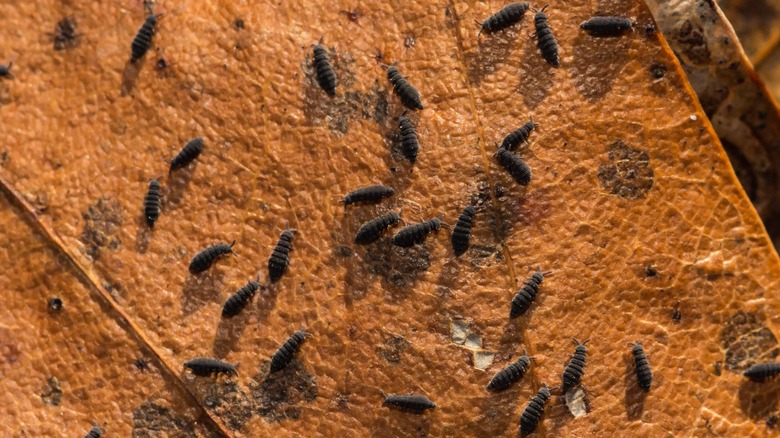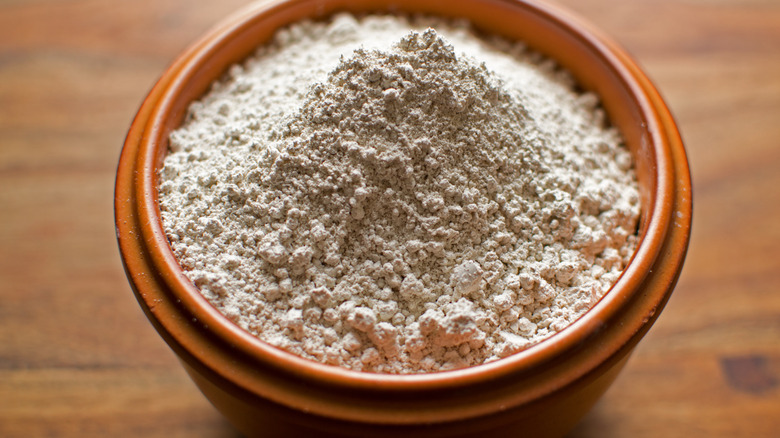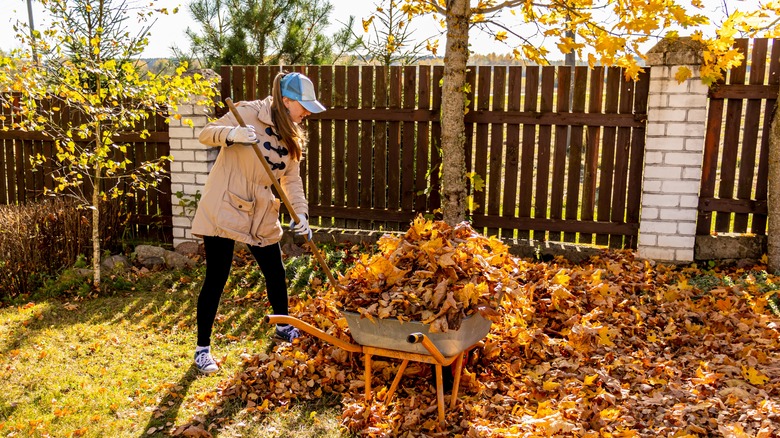Stop Snow Fleas Once And For All With This Tried & True Treatment
Diatomaceous earth, essentially composed of organisms called diatoms, is a powerful, natural solution for tackling snow fleas in and around your home. The mechanism of this substance is simple yet effective. When snow fleas come into contact with this fine powder, their exoskeletons get damaged due to the abrasive nature of the substance. This leads to dehydration and, eventually, their elimination. Unlike chemical pesticides, diatomaceous earth offers a non-toxic way to deal with insect infestations, making it a preferable choice for households, especially those with pets and children. However, before using diatomaceous earth, it helps to know what snow fleas look like and the areas where they are most present.
Snow fleas, often mistaken for fleas due to their small size and dark color, are actually springtails. They are typically 1.5 millimeters in length and are most noticeable against the snow in winter (hence their name). They usually thrive in outdoors and particularly enjoy feeding on decaying organic materials. However, changes in their environment can drive them indoors. For example, not enough moisture, or conversely, excessive moisture, can prompt these pests to seek new habitats. If you're unsure of what they look like, the way they jump — a characteristic akin to flea behavior — is the first thing to look out for. However, unlike true fleas, snow fleas are not parasites and do not bite humans or pets.
Using diatomaceous earth
When applying diatomaceous earth, focus on areas where snow fleas will likely travel or congregate. Outdoors, pay attention to the base of plants, compost piles, and the perimeters of your home. Near ponds and around other water bodies are also key spots to consider, as snow fleas can often be found in these less obvious locations. Indoors, your primary focus should be on damp areas, which are prime habitats for snow fleas. Basements, spaces near plumbing fixtures, and other moisture-rich areas are typical hotspots. Also, don't forget to look out for hidden spots like corners, near window sills, and along baseboards. It's also wise to check under sinks, inside laundry rooms, and around indoor plants.
During the application, spread a layer of the powder over the area. Make sure it is thick enough to ensure proper contact with the fleas. It's also worth noting that very tiny insects can easily avoid piles of diatomaceous earth, which makes your efforts less successful, so apply the powder evenly. Regular reapplication of diatomaceous earth is also crucial, especially after exposure to moisture. This could be due to rainfall, garden watering, or even high humidity levels indoors. Since diatomaceous earth loses its efficacy when wet, a fresh layer ensures continued protection against snow fleas. Furthermore, the choice of diatomaceous earth is important for safety and effectiveness. Opt for a food-grade product that is safe for use around humans and pets while being potent against insects.
Combining methods for comprehensive snow flea prevention
While diatomaceous earth effectively eradicates snow fleas, combining it with other preventive measures to enhance your overall strategy is always best. The key to controlling snow flea populations lies in limiting the conditions they favor, particularly excess moisture, inside and outside your home. Address standing water promptly and repair any leaks in outdoor faucets or irrigation systems. Additionally, routine cleaning and maintenance of gutters and downspouts are essential in averting water accumulation, which can attract snow fleas. In your garden and compost areas, regularly turn the soil and compost. This practice promotes drying and disrupts potential breeding grounds for snow fleas.
Indoors, the focus should shift to humidity and moisture control. Employ dehumidifiers in damp areas like basements, and ensure your home is well-ventilated. Addressing any leaks immediately, whether in your plumbing, roof, or windows, is also vital in preventing the accumulation of moisture that can attract snow fleas. Consider using a fine mist of cedar oil as a natural repellent in areas where the fleas are likely to breed. Lastly, maintain cleanliness throughout your home. Pay particular attention to houseplants, as overwatered soil in plant pots can inadvertently become a breeding ground for snow fleas. Remove all plants, and if you place them outside, ensure they have proper drainage and are not overwatered.


